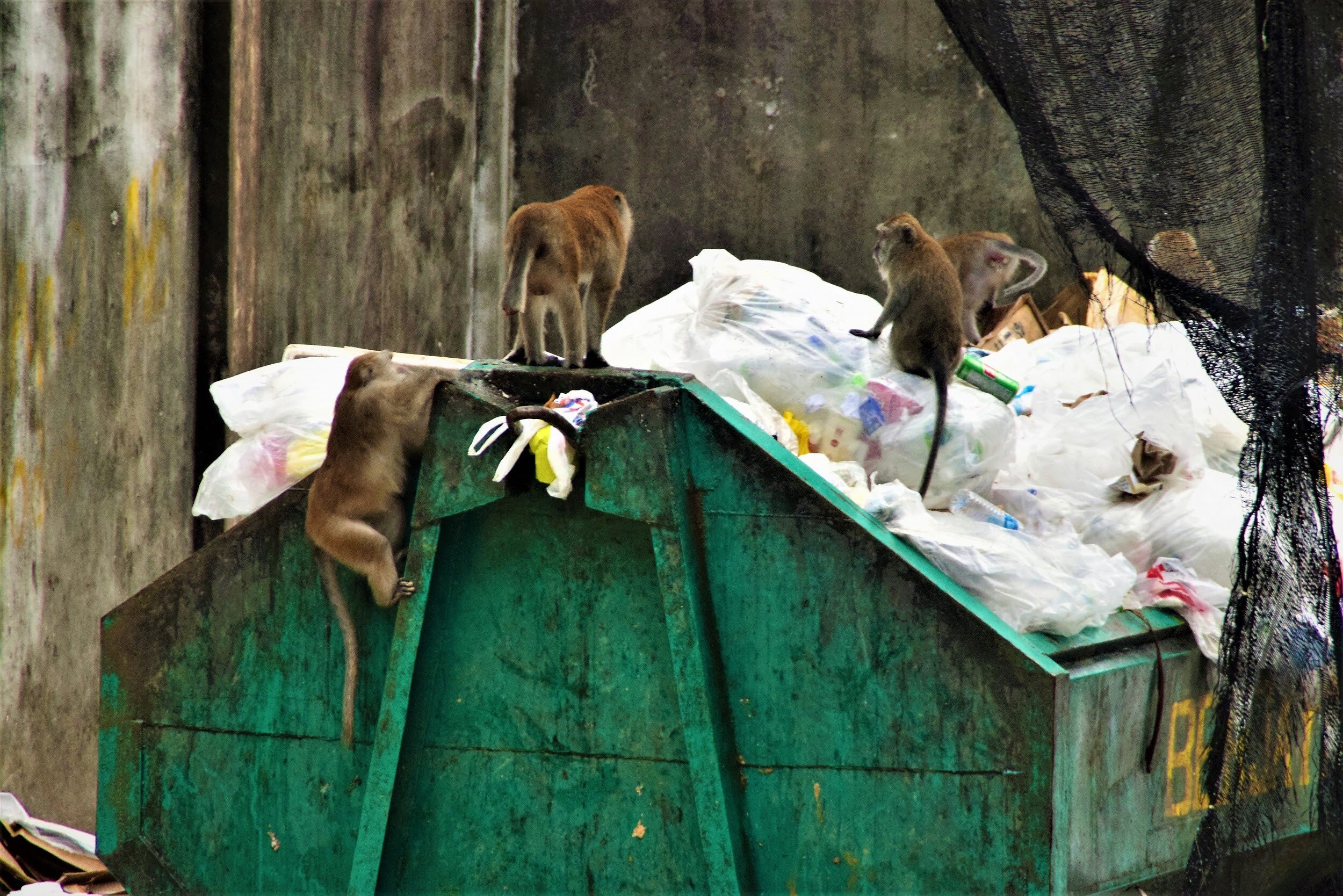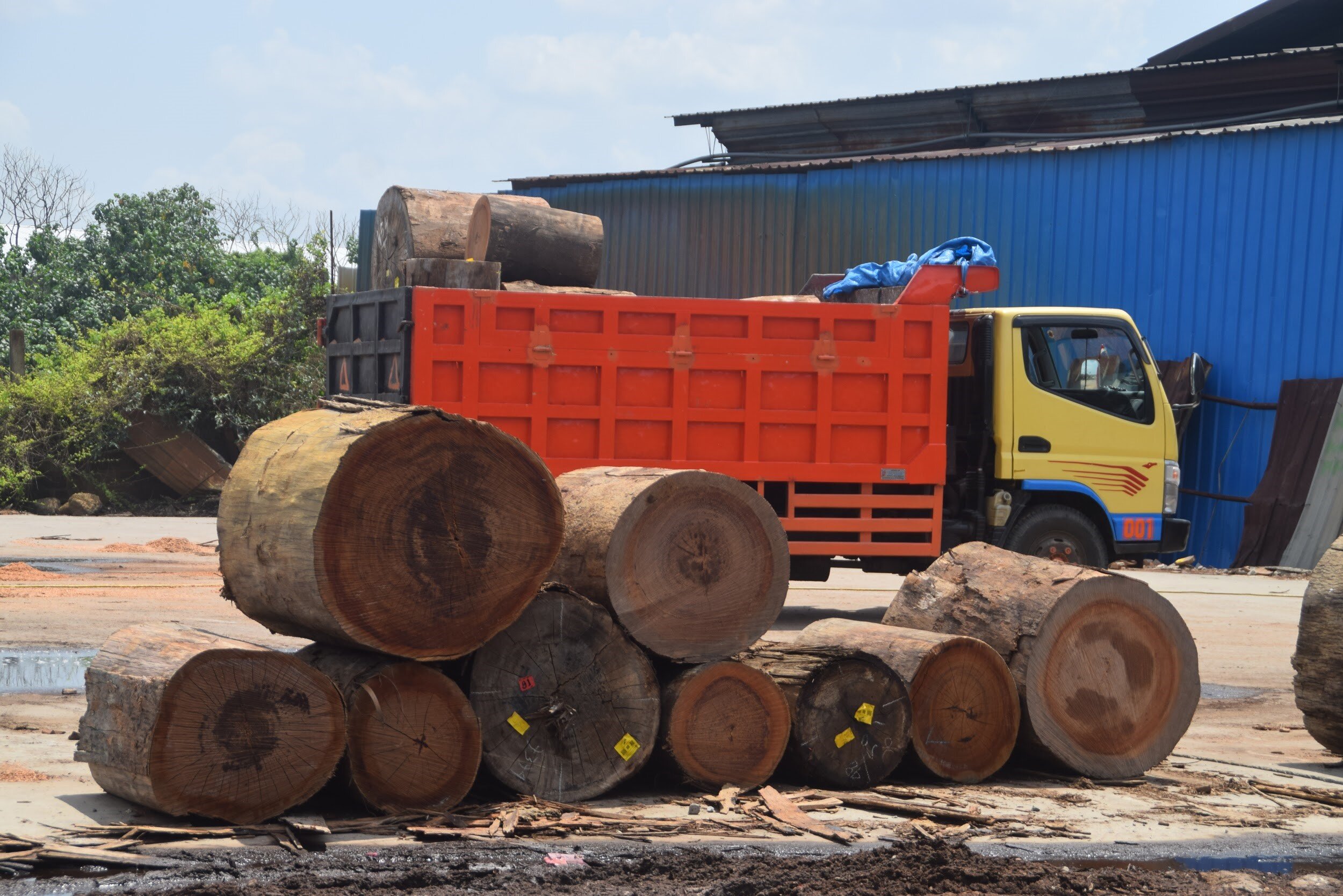Deforestation eradicates different species in the wildlife, putting them in closer proximity with one another including humans.
Scientists have been cautioning for years that deforestation enhances human exposure to novel infectious diseases making humans more vulnerable to pandemics. The deadly novel coronavirus, or COVID-19 is sadly a representation of this reality. Just recently, UN environment head, Inger Andersen stated that “Nature is sending us a serious message with the pandemic caused by the coronavirus. Failing to take good care of our planet simply means not taking good care of ourselves.”
COVID-19 has brought closer international attention to the destruction of nature and its consequences. It is our chance to reimagine these systems and tailor a more sustainable tomorrow, helping one another. This is the result of experiencing worldwide consequences of doing the other way, of living disconnected from nature protection. This includes the increased proximity of wild animals and humans because of the loss of natural habitat.
When wildlife come closer to human settlements
Animal-to-human diseases are more commonly known as zoonosis. One example is coronavirus:
How do you define zoonosis?
A zoonosis is recognized as an infectious disease that is transmitted between animals and humans. Zoonosis can be caused by bacteria, parasites, fungi, and deadly viruses.
Traditional zoonotic diseases
This list comprises those with zoonotic origins that have evolved to become non-zoonotic like HIV.
Rabies
Dengue,
malaria,
chikungunya
Coronavirus
Avian Flu
Swine Flu
Zika virus
Coronavirus
Lyme Disease
West Nile Virus
Deforestation and how it relates to Zoonosis.
Many scientific studies manifest a connection between deforestation and enhanced risk of zoonosis. Forest destruction leads to enhanced contact between humans and wild species usually isolated. Trade in wild animals, often not legal and connected to forest clearing and illegal logging, also increases the possible transmission of deadly diseases mentioned above.
Legal deforestation in action
Risk of Zoonosis.
The most exposed to the risk of zoonosis are labourers who are commissioned to clear forests and farmers who till the land.
Relationship between Zoonosis and climate change.
Global warming is slowly changing the character and behaviour of a lot of species, including disease-causing organisms. A lot of them are now spreading from the tropics into new regions causing deadly diseases like dengue and zika virus.
Possible prevention of Zoonosis.
Preventing the destruction of forests, and keeping a healthy biodiversity with balanced ecological systems and supporting sustainable development can lessen the conditions and sources that cause zoonosis. While not being the ultimate solution, recycling old wood as we do is a small step in the right direction.
There is truly a connection between nature and humans. If nature is sick, there is a great chance that humans will be sick as well. While there is still time, let’s do what we can do to save both.


